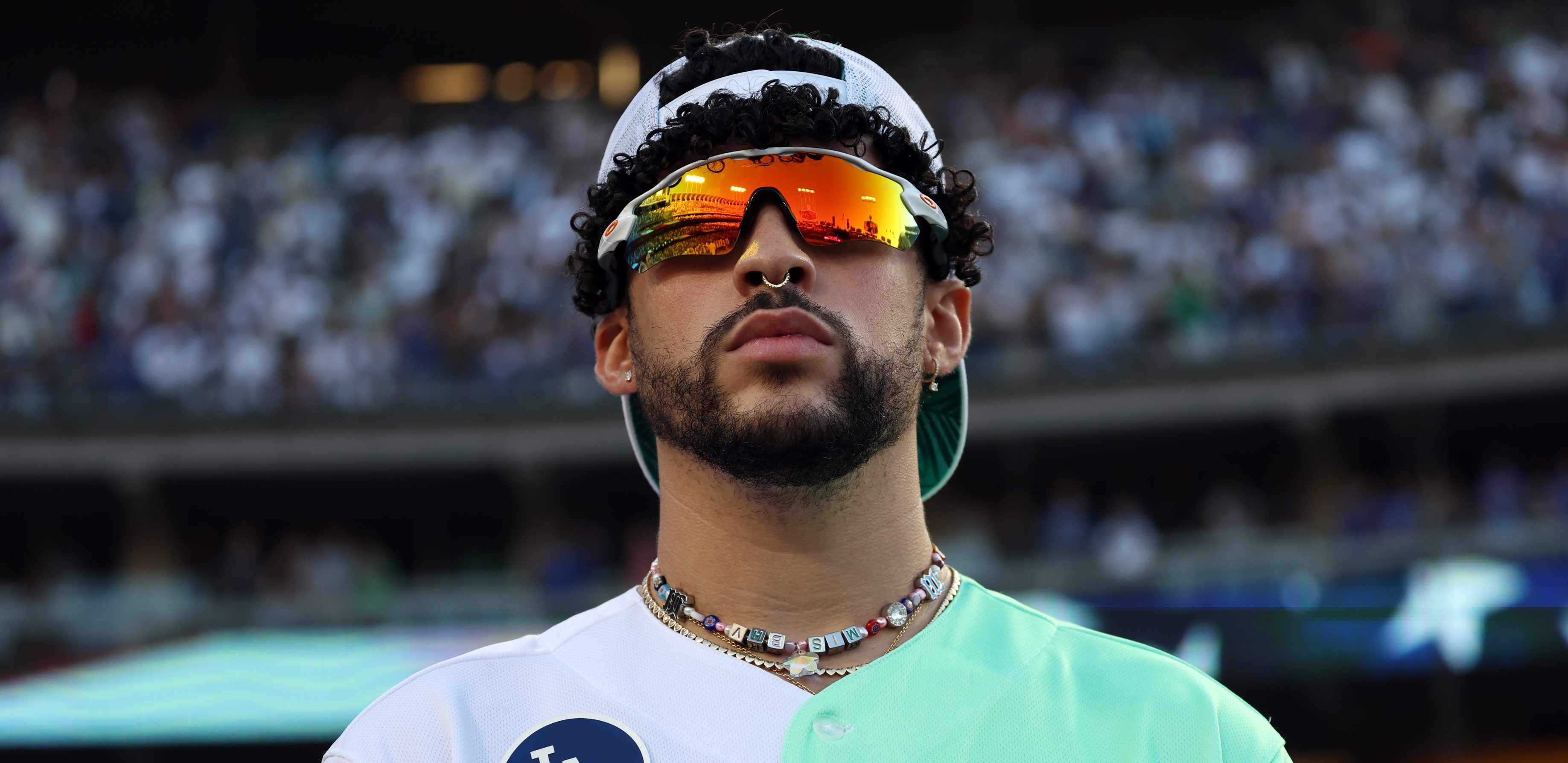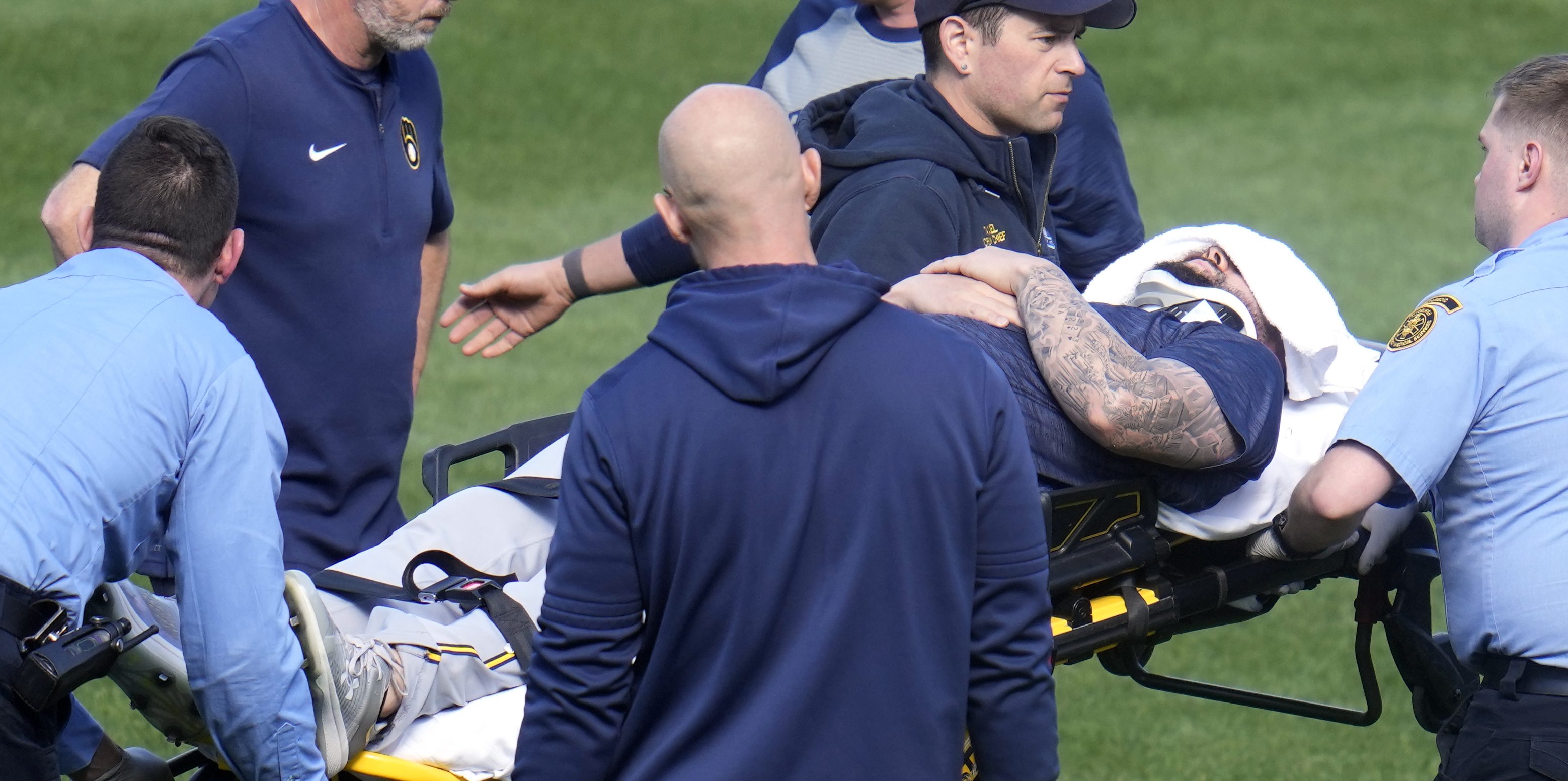
Tuesday, March 15, 2011
Posted: 2:30 p.m.
By Jim SalisburyCSNPhilly.com
DUNEDIN, Fla.Roy Halladay will start in a minor-league game at Carpenter Complex on Wednesday afternoon.
For fans that come out to the complex and stand against the chain-link fence, it will be like watching Springsteen perform at the North Star Bar. Greatness, up close, in a low-key setting.
Halladay, of course, is not being assigned to the minors. The big team has a day off and the reigning National League Cy Young winner needs to stay on target for his opening day start.
This is not to say that Halladay doesnt know what its like to be sent from the majors to the minors.
Back in spring training 2001, after appearing in 57 games over three seasons for the Toronto Blue Jays, Halladay was sent from the majors to Single-A. The decision to send Halladay all the way to the low minors was made right at the place the Phillies visited on TuesdayDunedin Stadium. One of the men deeply involved in the decision was in the ballpark Tuesday. Buck Martinez is a member of the Blue Jays broadcast team now. In 2001, he was the Jays manager.
I remember it well, Martinez said of the meeting he and team officials had with Halladay when they sent the pitcher down that spring. It was right back there in that old clubhouse.
Martinez laughed.
MLB
Im sure Roy probably hated me for it, he said.
Though Halladay did not like the move at the time, it turned out to be the turning point in a career that could one day lead to the Hall of Fame.
Halladay was a first-round pick in 1995, a big, hard-throwing righthander who seemed destined for greatness out of high school. He rose to the big leagues as a 21-year-old in 1998 and had almost immediate success, coming within one out of a no-hitter (Detroits Bobby Higginson hit a pinch homer in the ninth) in his second big-league start.
Halladay had mixed success in 1999. He struggled badly in 2000. In the spring of 2001, his problems, much to the bewilderment of Jays officials, continued.
Martinez motioned toward the third-base dugout, where he and his pitching coach, Mark Connor, would sit.
Wed watch him throw and say, How in the hell is he getting hit like this? Martinez said. Finally we kind of broke it down. He stood tall and was easy to see. He was over the top. His fastball was 97 but straight as a string. He had a big curveball, but nobody swung at it.
We just said, You know, hes 6-6, has a great arm, hes young, hes too good of a talent for this. Theres got to be a way to figure this out.
According to Martinez, Connor suggested Halladay try to add some movement to his fastball.
As Domonic Brown learned this spring, its difficult to make mechanical adjustments and compete at the same time. So Jays officials, led by general manager Gord Ash,decided to get Halladay as far away from the majors as they could. They sent him to the Florida State League, where he could fix his problems in a non-competitive setting.
Though not happy with the decision, Halladay did not fight it.
He couldnt, Martinez said. He was getting his ass kicked. He was struggling to make the team. We just thought it was the best thing for him in the long haul.
Halladay took the demotion in the spirit it was intended. He refocused his commitment to the game. He worked with the late Harvey Dorfman, the legendary sports psychologist and author of The Mental ABC's of Pitching. He completely reworked his delivery, tucking his front shoulder to hide the ball from hitters.
On his path back to the majors, Halladay worked with Jays pitching instructor Mel Queen, who suggested that Halladay drop his arm path from over the top to more of a three-quarters delivery. That helped add movement to Halladays fastball, an important step in the evolution of what today is one of the best sinkers in the game.
Halladay made it back to the majors in July 2001.
Martinez, a former big-league catcher, was amazed with what he saw. Halladay had added deceptiveness to his delivery, movement to his pitches, and fierce determination to his mindset.
I caught him early on just to see what was different after the adjustment, said Martinez, eyes widening. I wanted to see. It was pretty special.
I remember we had Todd Greene in camp that spring and he was catching Roy. We released him at the end of spring and he signed with the Yankees. One of Roys first starts back was at Yankee Stadium. The next day Greenie came over and said, What the hell did you do with Doc? He was what he is now.
A season after going to the minors, Halladay won 19 games. In 2003, he won the American League Cy Young award. Last season, he won the NL Cy Young award while pitching for the Phillies. One of his 21 wins was a perfect game. He added a no-hitter in the playoffs.
The no-hitter was everything Roy had pined forgood team, postseason, big stage, excellence, Martinez said.
To this day, Martinez loves to watch Halladay pitch.
He understands the dynamics of pitching, Martinez said. He puts the pressure on the hitter, makes them uncomfortable from the first pitch of the game because he throws it over the plate. And it just happens that his ball goes in two directions and he can throw a breaking ball over and change speeds.
There are guys who throw harder and have better breaking balls, but Halladays strength is hes got his foot on your throat the whole game. He wants you to hit it. He cuts it and sinks it. Body language is everything and his says, Im better than you. Early in his career it was very tentative. He was upright and searching for the strike zone. Now he knows which inch of the plate he wants to throw it to.
All this is why Halladay is often called the best pitcher in baseball.
You could say the rise to that distinction started in a back room at Dunedin Stadium in spring training 2001.
He could have flipped us off and told us to go to hell, Martinez said. He could have said, Ill go down there, but Im not going to do anything. But he didnt do that. He did the work and he deserves all the credit. Hes an amazing worker. He went from being a borderline failure, No. 1 pick, maybe out of the game, getting his brains beaten out, to making a commitment and becoming what he is today. Its a great personal accomplishment.E-mail Jim Salisbury at jsalisbury@comcastsportsnet.com
Related: Another Phils injury: Lidge has biceps sorenessBuy Phillies gear


